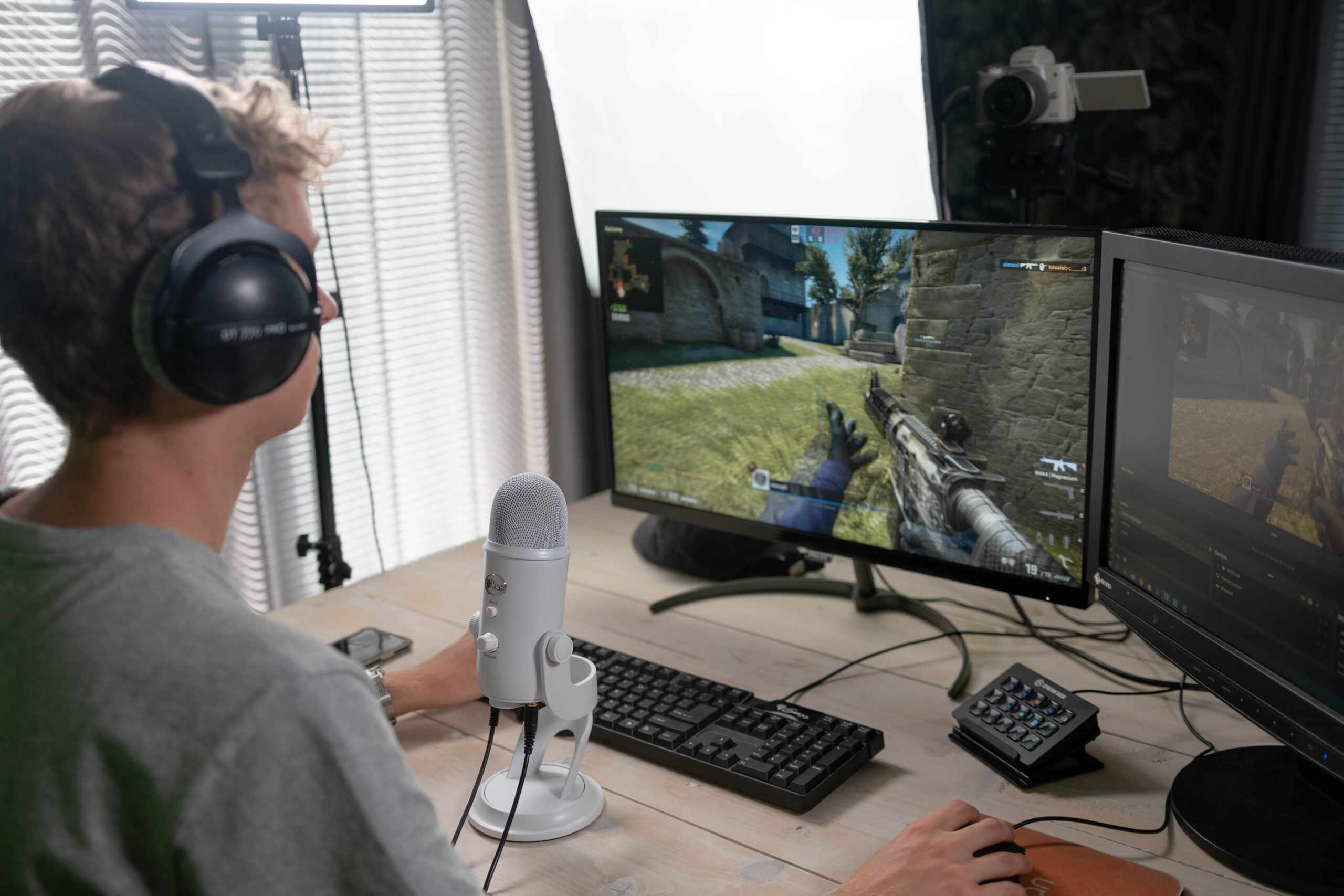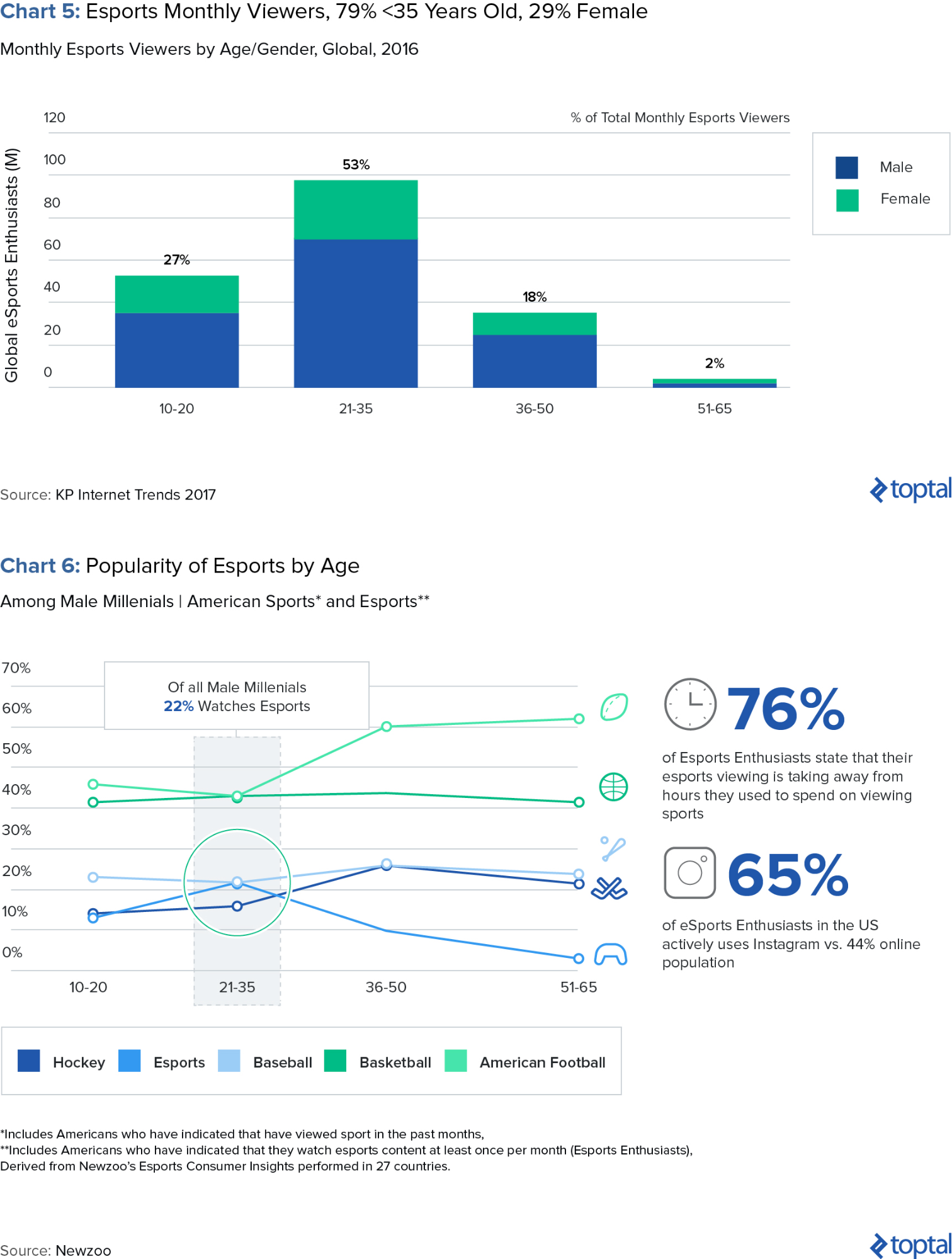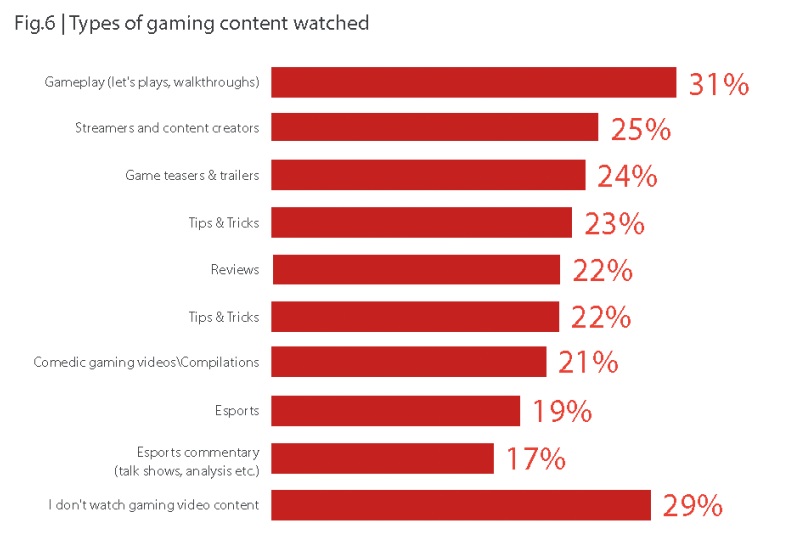The Era of Live Streaming and Content Creators

We are at the start of 2022, and at long last, we are all steadily approaching a post-pandemic phase. After two years of collectively battling a series of obstacles presented to us, we have seen substantial and accelerated growth in the entertainment ecosystem. As social distancing and working remotely cautiously continue, the online experience grows its influence in society. Social media sharing, web browsing, video chatting, and gaming; are now essential parts of our daily routines. These are just a few out of the infinite amount of creative avenues we have today that allow us to test our inventive personalities to create something we are proud to share with the rest of the world. We have experienced an enormous boom in one area, and the competitive edge is looming for this platform: live streaming. A new wave of creative creators and developers has emerged from the ashes and is racing to produce the most captivating content, delivering unique and fresh perspectives on the internet.
New digital and virtual opportunities have surfaced while the world figured out how to stay engaged during our social distancing initiatives. FG|PG dug into the most recent live-streaming trends, including E-Sports, and the latest platforms positioning live-streaming as the most desirable form of entertainment of our time. What impact has live-streaming caused on the entertainment industry, and what does this mean for virtual events as we know them? We follow some notable points that highlight the importance of live-streaming and live virtual events.
Live Streaming Trumps Pre-Recorded Content
Although live-streaming has been around for many years, slowly building its popularity and use. Recently, the trend is on course to exploding and abruptly disrupting the entertainment and event industry. If live-streaming already existed, what caused the sudden breakthrough of this new medium in every sector? The success is all due to the unexpected series of unfortunate events that started at the beginning of 2020. Virtual work suppressed physical interaction, and live-streaming was the primary alternative for connecting with audiences. We understand why live-streaming rounded up consumers, but what’s in it for the creators who spend countless hours and budgets creating content for our leisure and pleasure?
Tech companies and social media applications have developed software to support creators monetizing their content – sparking up a new modern-day gold rush. One of the earliest and most prominent players in live-streaming is YouTube, widely known for developing incentive programs that help content creators generate an income through ads, donations, and other income alternatives. From live-streaming an event, running live educational courses, or hosting a Q&A., YouTube was ahead in the race by using a wide array of resources that support the management of live-streaming and interaction with their spectators.

The Birth of E-Sports
Besides live-streaming events, what encouraged the internet masses to hurry over to these new applications? — Twitch, as you may have heard countless times in the past couple of years, is the next big player in the live-streaming market. This new streaming platform is an efficient live-streaming platform specializing in a particular category that has skyrocketed since the introduction of world-building-based activities like Fortnite: Gaming. Twitch is a subscription-based live gaming app that allows people to pay a monthly fee to watch creators stream their content live. Live-streaming games and content creators have built their reputation as a new sub-streaming category known as E-sports or electronic sports.
While gaming studios and developers increase their bottom line by making and promoting games, game streaming has seen enormous growth. Like YouTube’s incentive program, E-sports events have helped increase monetization on Twitch’s platform for content creators, game developers, and other third-party affiliates. Live-streaming games have caused a frenzy within the gaming community by encouraging novice gamers to become “professional gamers” and essentially building a loyal gaming community around E-sports.
The loyal community is even seeing a lot of diversity within the gaming community. Research from NewZoo indicates that 65% of fans are between 18-34, and while the fan base does skew male, 38% of esports fans are women. Among American male millennials (age 21 to 35), esports is just as popular as baseball or ice hockey, with 22% watching it. In North America, the most popular sport in the region, football, is only 2x as popular as esports among male millennials. For male viewers between the ages of 36 and 50, football is only 3x as popular.

Current Trending Waves
The waves of the digital world crashed before society like a great tsunami, including the emergence of live-streaming and E-sports. It’s evident that live-streaming has flourished for the better during unprecedented times and is notably successful due to the increasing confidence and investment in independent content creators. According to Influencer Marketing Hub research, the Creator Economic market size is currently set at around $104.2 billion. Over 50 million people worldwide consider themselves to be creators. Of these, 46.7 million think themselves amateurs, with over two million considering themselves to be professional creators, earning enough from their passion for considering it their full-time job.
Although there are various platforms available in the market, Twitch and YouTube have easily topped the need for the best streaming platforms in just the last couple of years. From NewZoo’s data, game content across YouTube and Twitch generated a combined 25 billion live hours watched in 2020, marking a 76% increase over 2019. And in 2021’s first five months, fans watched 13.6 billion live hours across YouTube and Twitch. These channels have become some of the most reliable sources of game discovery – the more experience gamers become, the more all parties are willing to spend. Ultimately, about a third of those surveyed expect their game content consumption to increase in 2022. It’s expected to rise 39% more than current levels in the U.S.
Impact of Live Streaming
Current trends indicate that the near future will be critically important for creator-market-led businesses, notably because the next generation is heading down the content creator path to jump-start their careers in streaming. In the next few years, we expect to see a rise in several streaming sectors, including E-sports, as creators take advantage of the monetization of big tech platforms by sharing through events, courses, blogging, coaching, etc.

Opportunities In All Areas
Scheduled live-streaming has changed the game and opened up a flood of opportunities for brands, creators, and media to tease their fans, which is effective for the global gaming community.
If you’ve experienced YouTube’s new countdown clock for a live-video premiere, then you have seen some of the latest tools that streaming platforms have incorporated to increase engagement. There are many efforts that platforms are investing in to produce new tools that would build excitement and bring fans together for a scheduled event. It’s encouraging for tech companies like YouTube to see how many opportunities presented themselves because of live-streaming with the various demographics and communities. The long-neglected gaming community is one industry that shows a clear path of opportunity to broaden the audience along the way. E-sport shows excellent promise; therefore, it’s up to companies like Twitch to keep the ball rolling with creativity and new tools for their tech.
We are a unique collective of ambitious makers, doers, and dreamers that work as one to push forward the power of what’s possible.
FG|PG was founded nearly 21 years ago. Today we’re one of the largest woman-owned, WBENC Certified, live, hybrid and virtual experiential agencies in the US. That trajectory isn’t accidental. It’s the result of a commitment to continually evolve, to never stop learning, and to always listen to our clients’ needs.